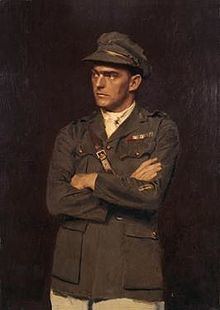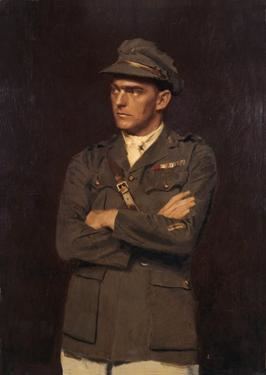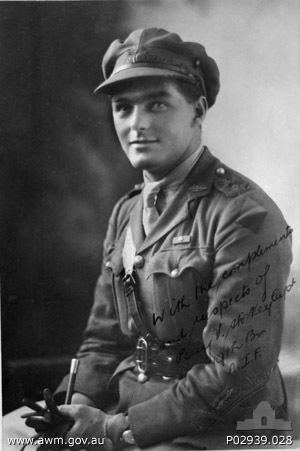Allegiance Australia Role Armed force officer Name Percy Storkey | Other work Lawyer, judge Years of service 1910–1919 | |
 | ||
Birth name Percy Valentine Storkey Born 9 September 1893Napier, New Zealand ( 1893-09-09 ) Battles/wars First World WarWestern Front Died October 3, 1969, Teddington, United Kingdom Battles and wars Western Front, World War I | ||
Percy Valentine Storkey, VC (9 September 1893 – 3 October 1969) was a New Zealand-born Australian recipient of the Victoria Cross, the highest award for gallantry in the face of the enemy that can be awarded to British and Commonwealth forces.
Contents

Early life

Storkey was born in Napier, New Zealand, to an English-born printer and his wife. His father, Samuel Storkey, migrated to Napier as a young boy with his father William. He was educated at Napier Boys' High School, where he was dux of the school in his final year, and later Victoria College in Wellington. As a teenager, he served in the Territorial Force. He moved to Sydney in Australia in 1911, and worked in administration roles. In 1913, he enrolled in law school at the University of Sydney. His legal studies were disrupted by the First World War.
First World War
Storkey enlisted for service in the Australian Imperial Force (AIF) in May 1915. He was commissioned as a second lieutenant and embarked for England at the end of the year. He was posted to 19th Battalion. He was wounded in November 1916 while serving in the trenches on the Western Front. Promoted to lieutenant in January 1917, he was wounded again during the Battle of Passchendaele.
In March 1918, the Germans began their Spring Offensive and the 19th Battalion, as part of the 2nd Division, helped in shoring up the front-lines as the Germans advanced. On 7 April 1918, while holding the lines near Villers-Bretonneux, his company was sent forward to clear Hangard Wood, believed to be lightly held by the enemy. After the mortal wounding of his company commander, Captain Clarrie Wallach, Storkey performed the actions that led to the award of a Victoria Cross (VC). His VC citation read as follows:
For most conspicuous bravery, leadership and devotion to duty when in charge of a platoon in attack. On emerging from the wood the enemy trench line was encountered and Lt. Storkey found himself with six men. While continuing his move forward a large enemy party—about 80 to 100 strong—armed with several machine guns was noticed to be holding up the advance of the troops on the right. Lt. Storkey immediately decided to attack this party from the flank and rear, and while moving forward in the attack was joined by Lt. Lipscomb and four men. Under the leadership of Lt. Storkey, this small party of two officers and ten other ranks charged the enemy position with fixed bayonets, driving the enemy out, killing and wounding about thirty, and capturing three officers and fifty men, also one machine gun. The splendid courage shown by this officer in quickly deciding his course of action, and his skilful method of attacking against such great odds, removed a dangerous obstacle to the advance of the troops on the right, and inspired the remainder of our small party with the utmost confidence when advancing to the objective line.
Later wounded for the third time, Storkey was promoted to captain the following month and given command of his own company. On 25 July 1918, King George V presented him with his VC at Buckingham Palace. He was discharged from the AIF in January 1919.
Later life
When he returned to Australia, Storkey resumed his legal studies and qualified as a lawyer in 1921. After working in private practice, he became a crown prosecutor for the New South Wales Department of Justice for several years. Shortly before the Second World War, he was appointed a district court judge. In 1955 he retired, and moved to England where he lived in Teddington, Middlesex, with his English-born wife, whom he had married in 1922. He died on 3 October 1969, survived by his wife. The couple had no children.
Storkey left his VC medal to his old school, Napier Boys' High School. In 1983 there was a controversy when the school Parents' League wanted to sell the medal to finance student scholarships. Eventually the medal was transferred to the QEII Army Memorial Museum at Waiouru, New Zealand, where it is displayed on a long-term loan. A replica of his VC is also on display in the foyer of the assembly hall at Napier Boys' High School.
